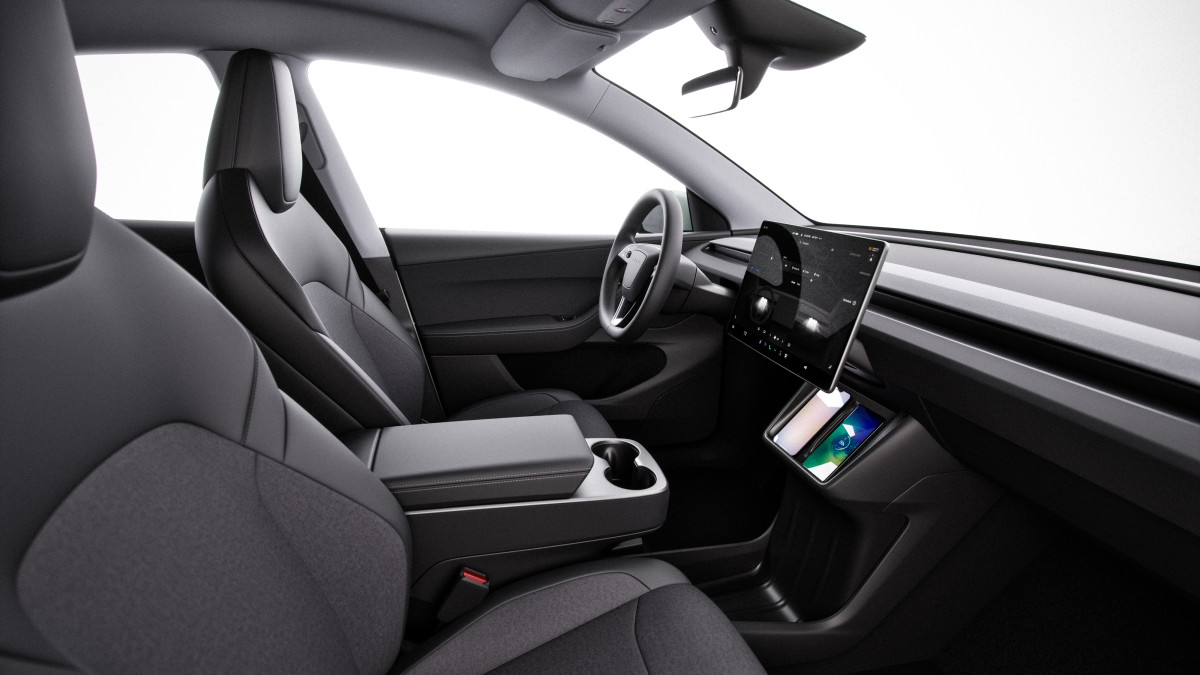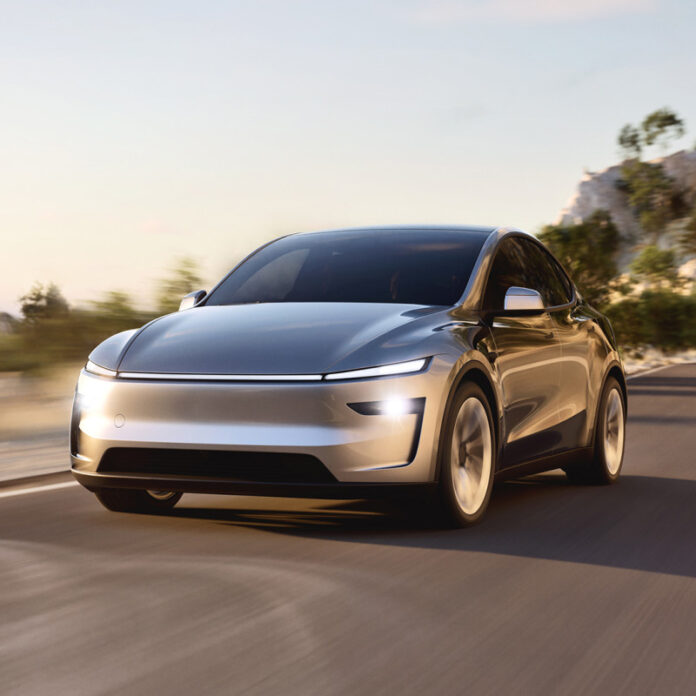Two main FSD flaws form part of the investigation
- NHTSA investigation opened on October 7, 2025
- Running red lights and dangerous lane changes are a focus
- Some FSD mishaps have led to injury-causing crashes
Weeks ago, two U.S. senators called for federal regulators to investigate Tesla’s Full Self-Driving (FSD) suite, specifically with regard to risks involved in how the self-driving system behaves when approaching railroad crossings.
It hasn’t taken long for a response, as the National Highway Traffic Safety Administration (NHTSA) has just announced an investigation into several traffic safety violations that occurred when FSD is engaged. While railroad crossing approaches were mentioned in the investigation’s summary, there are two other scenarios that seem to be particular weak spots of the FSD system—and which have resulted in several crashes.
Running Red Lights and Dangerous Lane Changes
Tesla
The Office of Defects Investigation (ODI) has identified two specific scenarios where the FSD system has proven dangerous, based on the number of reported incidents. Firstly, 18 confirmed complaints have emerged relating to FSD running a red light and entering an intersection. In some cases, the car stopped but started moving again before the light turned green, while in other instances, it didn’t stop fully or detected and displayed the wrong traffic signal state in the on-board display.
These actions resulted in six crashes, four of which caused one or more injuries. More than one incident occurred at the same intersection in Joppa, Maryland, and the NHTSA says Tesla has addressed the problem at this particular location.
Another 18 complaints relate to a Tesla with FSD engaged “entering opposing lanes of travel,” either during or following a turn. The system was also found to sometimes cross double-yellow lane markings or attempt to turn the car onto a road in the wrong direction. Some drivers reported having too little time to intervene.
Related: Is Tesla Full Self-Driving Worth $8,000? Strengths and Weaknesses Revealed
Every Current Tesla Potentially Implicated

Tesla
While the two scenarios above will be the focus of the investigation, other types of traffic safety violations will also be taken into account. These include how FSD performs when approaching railroad crossings, where some vehicles were found to ignore warning signs or required intervention from humans at the last second. Given the likely catastrophic outcome if a train collides with a car, it’s understandable that senators have called for this area to be investigated.
If evidence of any type of other traffic violation is received during the investigation, this will also be considered. A total of nearly 2.9 million Teslas could be implicated in the ODI’s findings, including these models:
- 2016-2025 Tesla Model S
- 2016-2025 Tesla Model X
- 2017-2026 Tesla Model 3
- 2020-2026 Tesla Model Y
- 2023-2026 Tesla Cybertruck
Tesla recently began rolling out Version 14.1 of FSD (Supervised), which includes several safety improvements. That includes better responsiveness to unprotected turns and vehicle cut-ins, plus enhanced offsetting for road debris. Not all of these are related to the specific complaints highlighted in this investigation, though.
Related: Tesla’s Cheapest EVs Are Back, But They’re Missing More Than You Think
Final Thoughts
There have been so many investigations into Tesla’s FSD by now, it’s easy to feel indifferent about them, especially for the many FSD users who enjoy and have had no issues with the tech. The fact is, these investigations are based on real-world traffic violations, and the authorities are obligated to take them seriously.
Tesla’s reliance on a camera-based self-driving system remains a double-edged sword. While the system can be engaged in more driving scenarios than rivals’ systems, it remains more vulnerable to slipping up—it’s asking an awful lot of a set of cameras to react as instinctively as a human in a wide range of scenarios, let alone as accurately as a vehicle equipped with radar and/or LiDAR sensors.
We continue to urge FSD users to remain alert at all times when the system is engaged, even if it has always performed flawlessly in your vehicle.
Related: Musk Says Tesla FSD Will Feel ‘Almost Sentient’ by 14.2—As Legal Battles Loom
